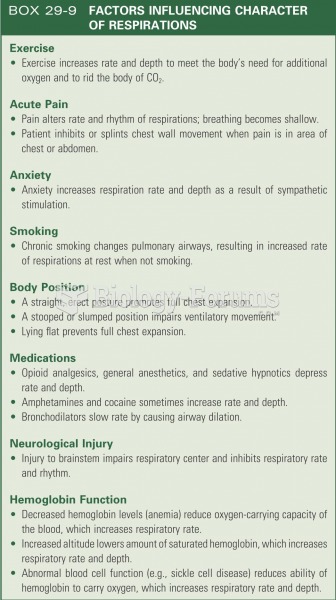|
|
|
Drying your hands with a paper towel will reduce the bacterial count on your hands by 45–60%.
On average, someone in the United States has a stroke about every 40 seconds. This is about 795,000 people per year.
In most cases, kidneys can recover from almost complete loss of function, such as in acute kidney (renal) failure.
A serious new warning has been established for pregnant women against taking ACE inhibitors during pregnancy. In the study, the risk of major birth defects in children whose mothers took ACE inhibitors during the first trimester was nearly three times higher than in children whose mothers didn't take ACE inhibitors. Physicians can prescribe alternative medications for pregnant women who have symptoms of high blood pressure.
The Romans did not use numerals to indicate fractions but instead used words to indicate parts of a whole.







